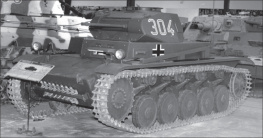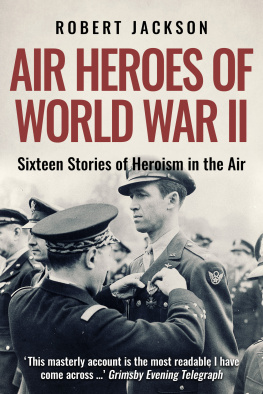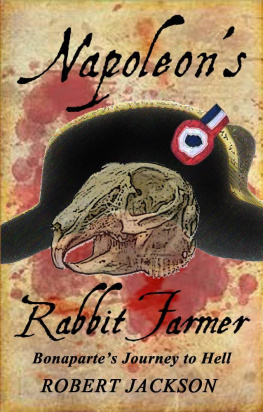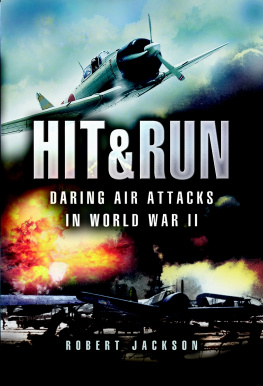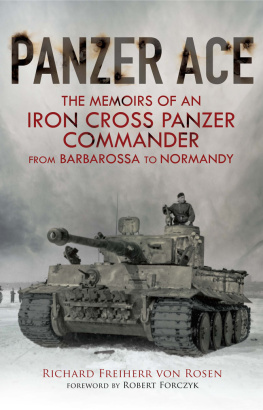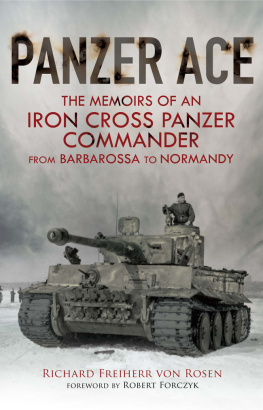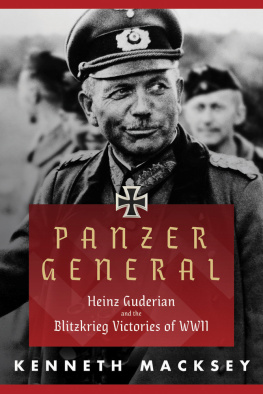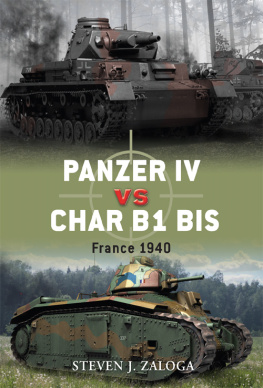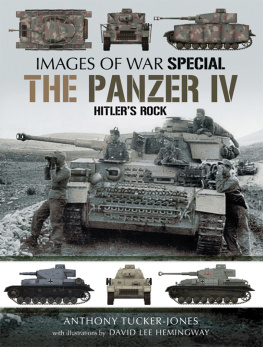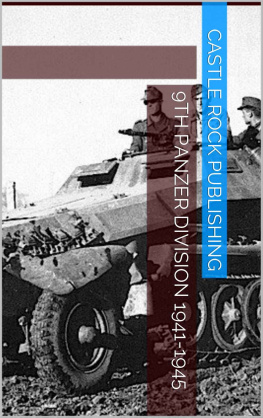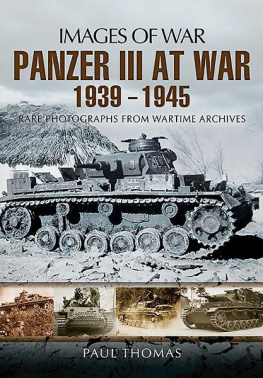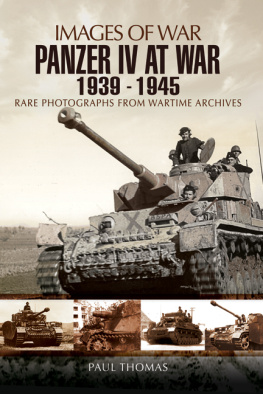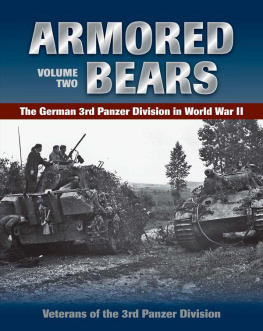First published in Great Britain in 2018 by PEN AND SWORD MILITARY
an imprint of Pen and Sword Books Ltd
47 Church Street, Barnsley, South Yorkshire S70 2AS
Copyright Pen & Sword Books Ltd 2018
Profile illustrations Tom Cooper
ISBN 9781526711243
eISBN 9781526711267
Mobi ISBN 9781526711250
The right of Robert Jackson to be identified as the author of this work has been asserted in accordance with the Copyright, Designs and Patents Act 1988.
A CIP record for this book is available from the British Library All rights reserved.
No part of this book may be reproduced or transmitted in any form or by any means, electronic or mechanical including photocopying, recording or by any information storage and retrieval system, without permission from the Publisher in writing.
Every reasonable effort has been made to trace copyright holders of material reproduced in this book, but if any have been inadvertently overlooked the publishers will be pleased to hear from them.
Pen & Sword Books Ltd incorporates the imprints of Pen & Sword Archaeology, Atlas, Aviation, Battleground, Discovery, Family History, History, Maritime, Military, Naval, Politics, Railways, Select, Social History, Transport, True Crime, Claymore Press, Frontline Books, Leo Cooper, Praetorian Press, Remember When, Seaforth Publishing and Wharncliffe.
For a complete list of Pen and Sword titles please contact Pen and Sword Books Limited 47 Church Street, Barnsley, South Yorkshire, S70 2AS, England
Email:
Front cover. Top: Tamiya 1/35 model Panzer II Ausf C Polish Campaign (Bill Stewart). Photos from left: An uparmoured Panzer II on the Western Front, May 1940, with a Panzer I in the background / A Panzer I Ausf.I on the banks of the Brda River, northwest Poland, September 1939 / An NCO Panzer II commander checks his position during the advance through the Ardennes, May 1940 / A Panzer II of the Afrika Korps and its crew in the Western Desert, 1941. Profiles: (top) Panzer II Ausf C of the 5th Panzer Regiment, Afrika Korps, Tobruk 1941 (bottom) Panzer I Ausf B, Afrika Korps (Tom Cooper).
The road that led to the development of the tanks that would play a massive part in enabling the armies of the Third Reich to achieve the series of crushing victories that stunned the world in the early years of the Second World War was long and tortuous. It was a road lit with flashes of ingenuity, and also one littered with subterfuge and deceit.
The Treaty of Versailles of 1919, drafted to ensure that a defeated Germany would never again be in a position to wage an offensive war, deprived that nation of a navy, an air force and much of its army, leaving little more than a token defensive force of 100,000 men. Germany was not permitted to build or purchase submarines, aircraft or tanks. The German Army, the Reichswehr, was forbidden to have a general staff, although it continued to conduct the typical functions of one under the disguised name of Truppenamt (Troop Office), and during this period many of the leaders of the future Wehrmacht first formulated the ideas and plans that were to be put into effective practice a few years later.
At the end of the First World War, in one particular area the development of armoured fighting vehicles Germany had lagged far behind the Allies. Much of the development work that had taken place in this field was attributed to one man, an engineer named Joseph Vollmer, who in the early years of the twentieth century had designed a series of heavy vehicles for civilian use, including the worlds first truck, the Durch tractor-trailer of 1903.
During the First World War Vollmer was appointed chief designer for the German War Departments motor vehicle section, where his work culminated in the development of Germanys first viable tank, the 30-ton A7V Sturmpanzerwagen. Vollmer faced many difficulties, not the least of which was that the Germans gave the development of armoured fighting vehicles much lower priority than did both the British and French. By 1917 the Germans were on the defensive, and it was argued that tanks, as offensive weapons, had no place in defensive strategy. Nor did they have a part to play in the war on the Eastern Front, for the Russian armies were on the verge of collapse. A special committee, called the A7V Committee for security reasons, was formed in October 1917 to study the concept of the armoured fighting vehicle, and by the end of the year it had designed a workable machine, but with no official impetus behind the idea months passed before an order was placed for 100 examples of the A7V. In fact, the Germans only ever managed to produce twenty A7Vs, relying on captured British and French AFVs to bolster their embryo armoured force.
A mixture of both (to be precise, four A7Vs and five captured British Mk IVs) played an important part during the Ludendorff Offensive of 21 March 1918, advancing in the wake of an artillery barrage to a depth of five miles to penetrate the British defences at St Quentin, and on the 24 April the first tank-versus-tank engagement in history occurred at Villers Bretonneux between British Mk IVs and German A7Vs. Fifteen German tanks were involved, attacking through morning mist, smoke and gas in three groups towards their objectives, the Bois dAquenne and the villages of Villers Bretonneux and Cachy. The three tanks in the leading German group, attacking British infantry positions, were engaged by three Mk IVs, one armed with a 57mm gun and the other two, so-called female Mk IVs, with machine guns. In a protracted engagement, the Mk IV armed with the 57mm gun knocked out one of the A7Vs and hit two others, although without noticeable effect. The encounter took place when the two groups of tanks were about 400 yards apart.

The A7Vs crew normally consisted of up to seventeen soldiers: driver, mechanic, mechanic/ signaller and twelve infantrymen (six machine gunners and six loaders) and two artillerymen (main gunner and loader), all commanded by an officer who was usually a lieutenant.

A disabled and abandoned A7V being examined by New Zealand soldiers.

The Germans used numbers of captured British tanks. Some, like this Mk IV, were used to quell insurrections in the immediate aftermath of the war.

French soldiers inspecting a captured A7V, complete with graffiti, at Villers-Bretonneux. This tank, named Mephisto , was later recovered by Australian forces and is today displayed at the Australian War Memorial, Canberra.

